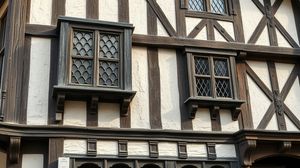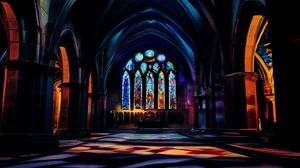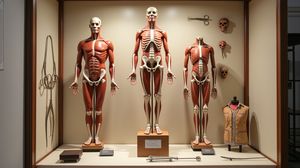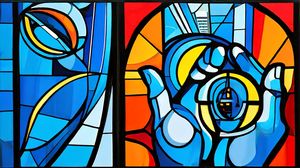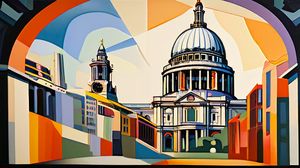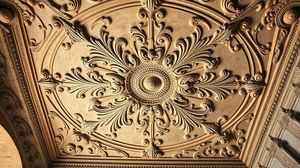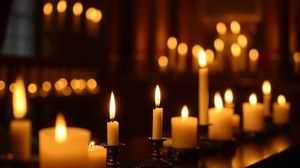
Gray's Inn Chapel is nestled within the prestigious and historical Gray's Inn, one of the four Inns of Court in London, which have been central to the education and training of barristers in England. The chapel itself is a serene and architecturally intriguing part of this legal institution, offering a tranquil escape within the bustling area of Holborn.
This chapel, originally erected in the late 17th century, stands as a testament to the enduring legacy of Gray's Inn and its historical significance. The current structure, completed in 1693, remains a remarkable example of post-Great Fire of London architecture, as it carries the distinctive style of that era in its design.
Gray's Inn Chapel has a rather fascinating feature known as the "Benchers' Gallery." This is an area traditionally reserved for senior members of the Inn, known as Benchers, during chapel services. The gallery adds a sense of hierarchy and tradition to the chapel's interior, reflecting the deeply rooted customs of the English legal profession.
The chapel is often adorned with beautiful stained glass windows which are dedicated to notable members of the Inn, commemorating their contributions. These windows not only enhance the chapel's aesthetic appeal but also provide a visual history of some of Gray's Inn's most distinguished members.
An intriguing aspect of the chapel is its bell tower. The tower contains a clock with only an hour hand, a curiosity that reflects older traditions of timekeeping before the precision of modern clocks became necessary. This unique feature often catches the eye of visitors and remains a point of interest.
Gray's Inn Chapel hosts a variety of events and services throughout the year, including concerts and recitals that leverage the excellent acoustics of the space. These events also allow the public a glimpse into this historical gem, further enriching the cultural footprint of Gray's Inn.

Making the Most of Your Visit:
Make sure to check out the "Benchers' Gallery" during your visit. It's not just a seating area but a symbol of the traditions of the legal profession. Imagine the influential figures who've sat there over the centuries, and it gives you a unique perspective on the chapel's role in legal history.
Don't rush past the stained glass windows. Each one tells its own story about significant figures in Gray's Inn history. Spend a few moments to appreciate the craftsmanship and the historical narratives they represent. It's like a visual journey through the Inn's distinguished past.
Take a moment to marvel at the chapel's bell tower and its clock, which only has an hour hand. It's a quirky piece of history that hints at how time was perceived centuries ago. It's a little thing that makes Gray's Inn Chapel stand out.
If you're lucky enough to visit during a concert or recital, definitely attend one. The acoustics in the chapel are amazing, and it's a rare chance to experience the space in a different way. It's not just about seeing history, but hearing it come to life.
While you're there, walk around the Inn's gardens and squares. They're peaceful retreats and offer great views of the chapel from the outside. You can really get a sense of the tranquil oasis that this place represents within the busy city.

Visiting Times & Costs:
Gray's Inn Chapel is generally not open to the public for regular visits, as it primarily serves the members of the Inn and their guests. However, it sometimes opens its doors to the public during special events such as Open House London, when visitors can explore the chapel's remarkable architecture.
The cost for attending events and services at the chapel varies. Many events, such as concerts and recitals open to the public, may have an entrance fee. It is advisable to check event-specific details in advance.
Accessibility within Gray's Inn Chapel can be limited due to its historical nature. Visitors with mobility issues should be aware that not all areas may be easily accessible, and it is recommended to contact the venue in advance to make any necessary arrangements.
Please note that access to the chapel and participation in events might be subject to change, particularly during public health-related restrictions or operational adjustments.

Address & Map:

Nearby:


